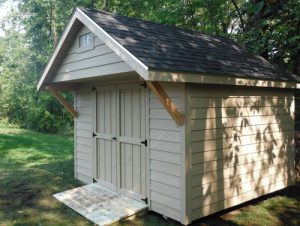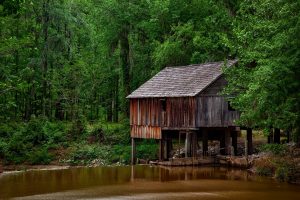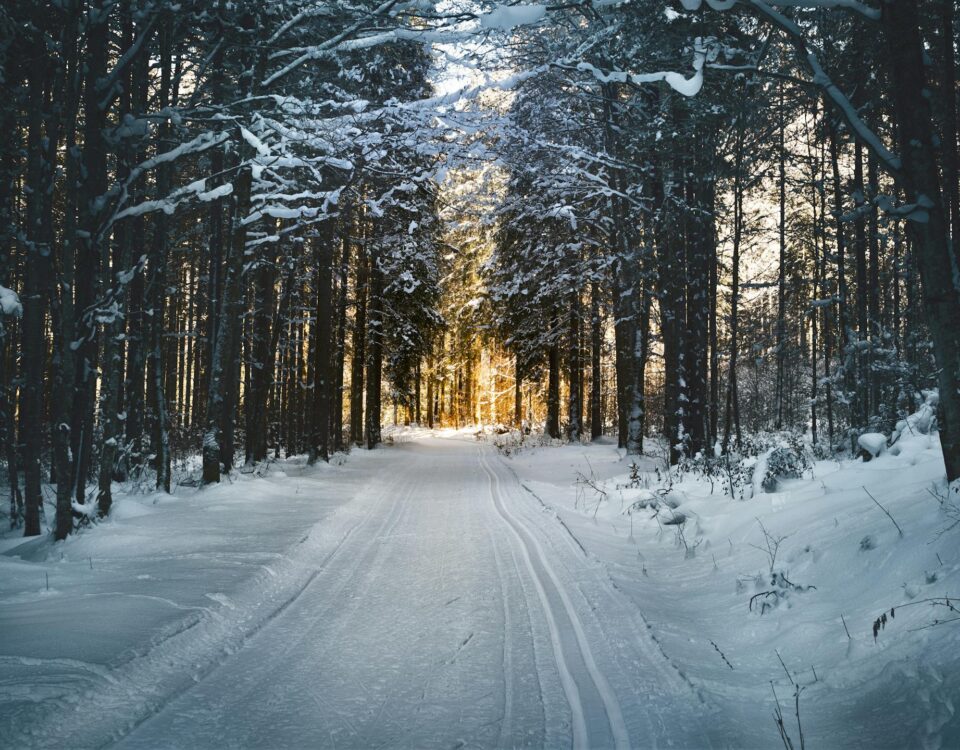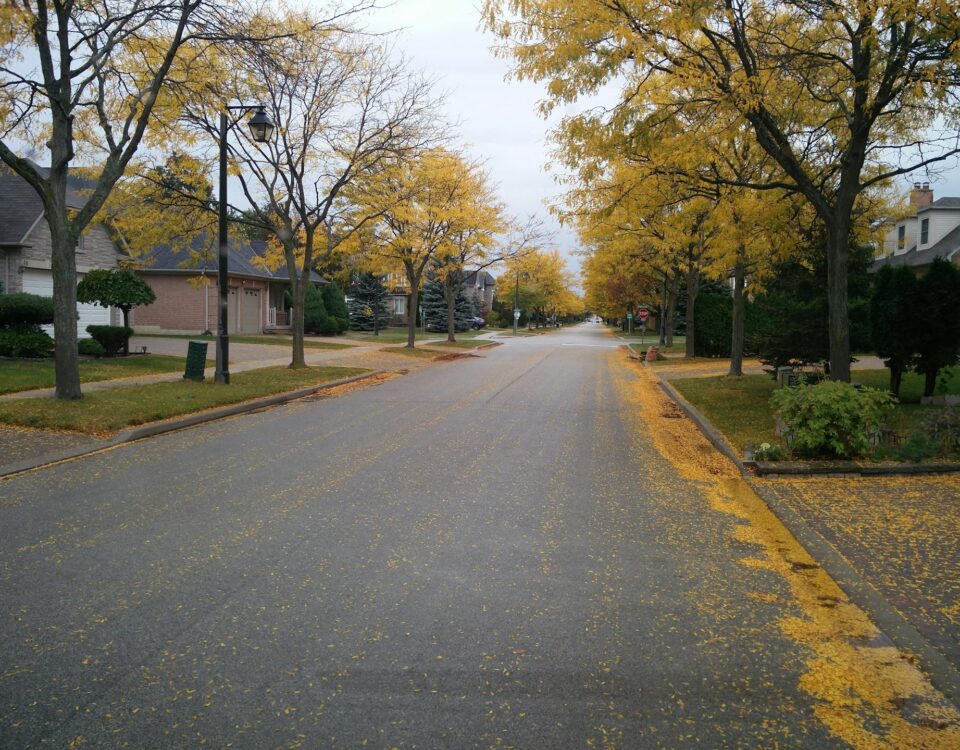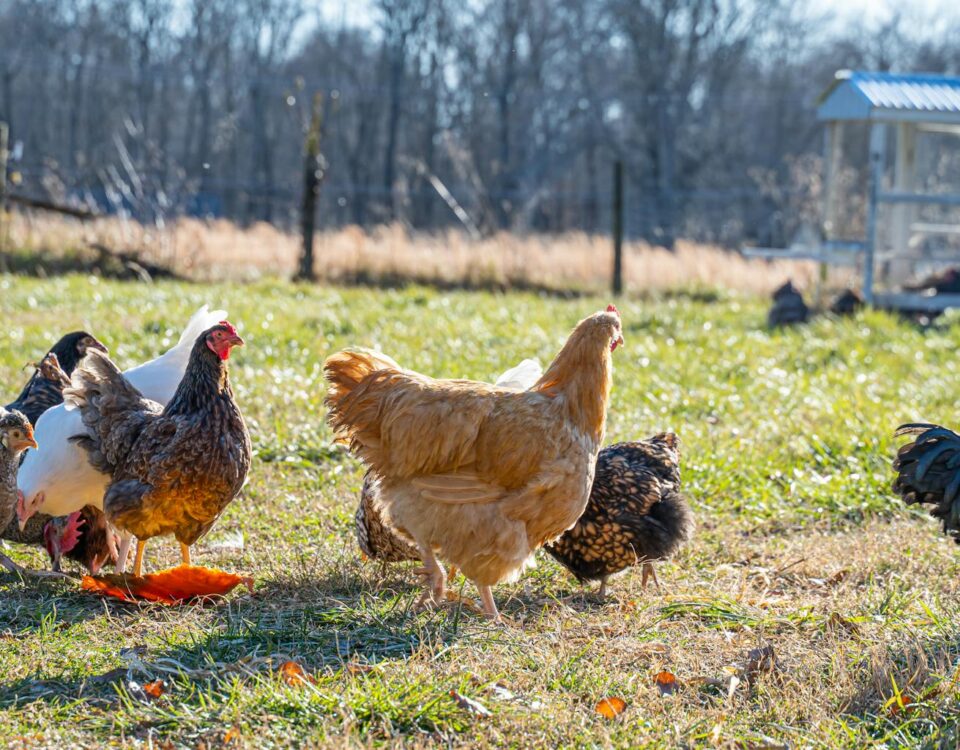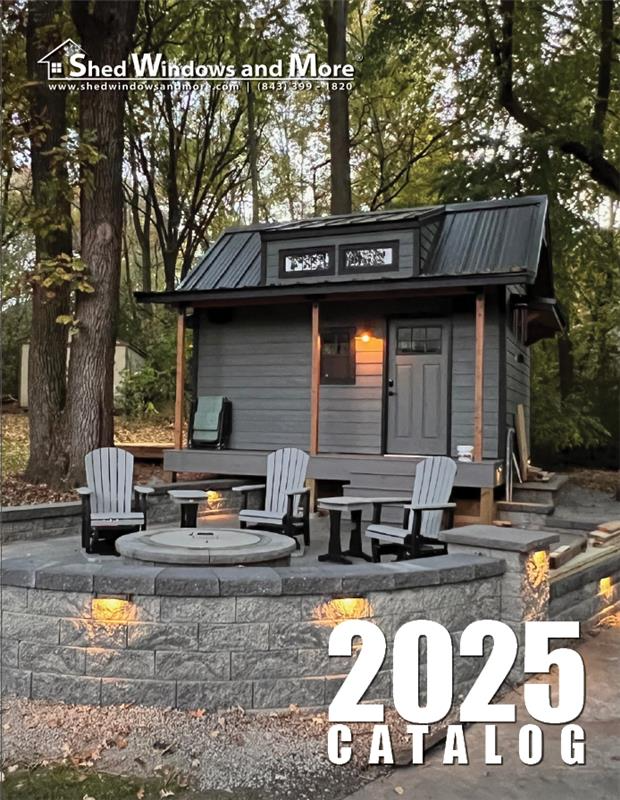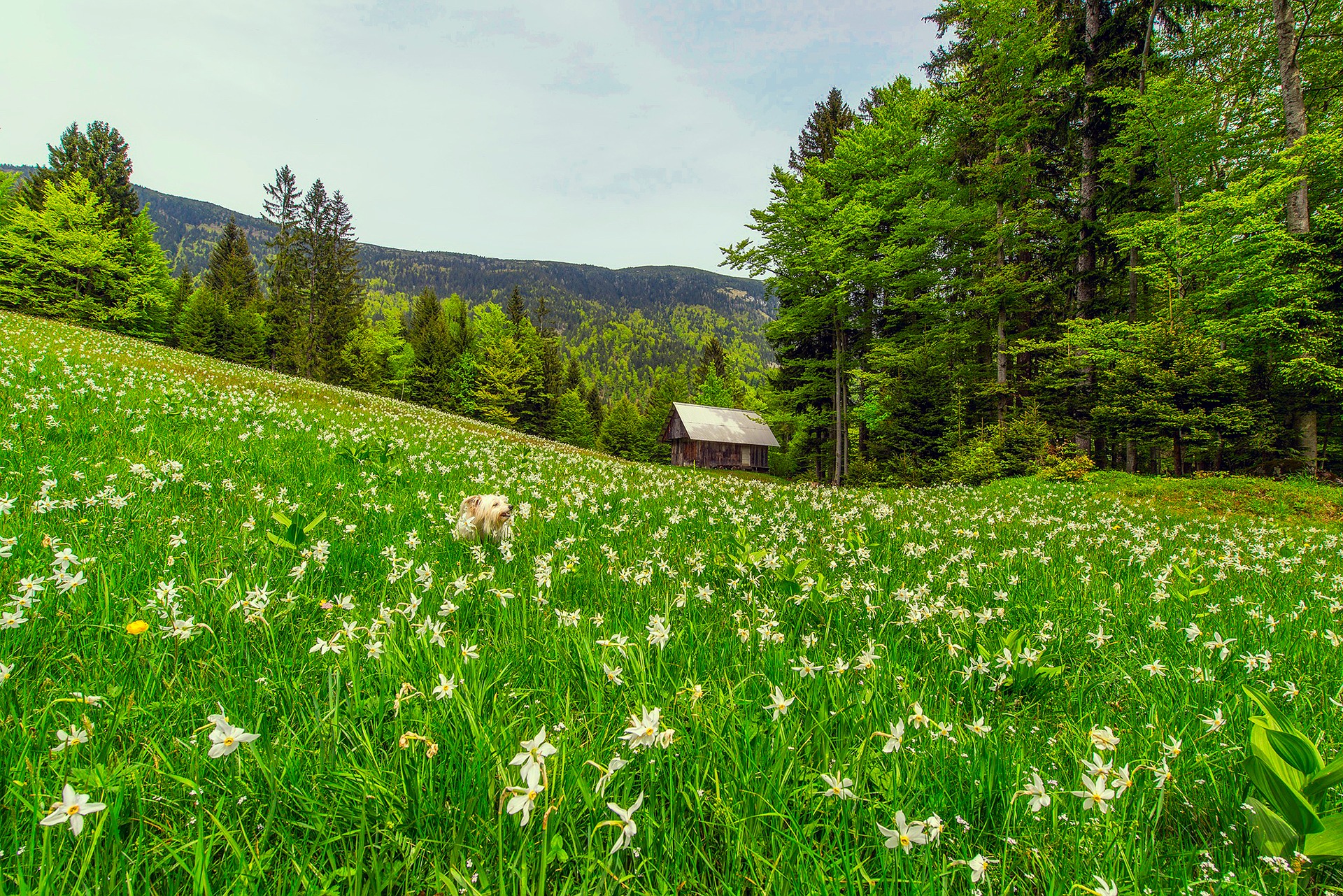
Give Your Outdoor Shed Style
August 14, 2017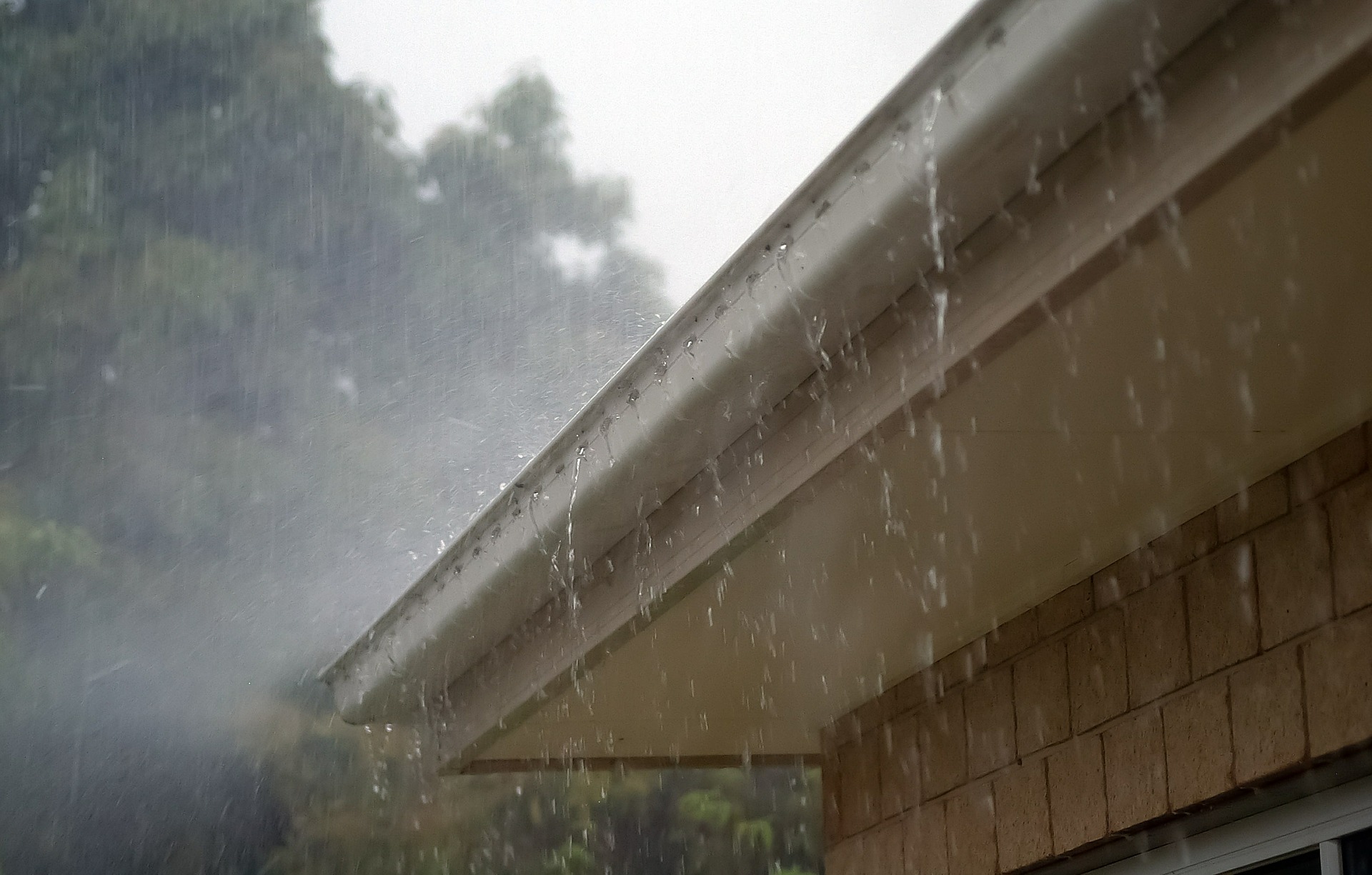
Slice Your Water Bills–Water Catchment Systems
November 13, 2017Is Your Shed Roof Ready for Winter?
Your shed’s roof is one of its most important defenses against harsh weather, and keeps your shed comfortable and usable for you! Replacing your shed’s roof can be expensive, even though it is only a fraction of the size of your home’s roof. Luckily, if you keep your roof in good condition and perform regular maintenance, it can last its lifetime and perhaps even longer. Doing maintenance on your shed’s roof will be much easier than the maintenance required on your home’s roof, so we encourage you take a stab at maintaining your shed’s roof on your own!
Thorough Shed Roof Inspections Are Key
It is a smart habit to check in with your shed’s roof and perform a thorough inspection once a year. However, there are other times in which it is prudent to inspect your shed’s roof. As you might guess, your roof is most likely to experience spontaneous damage from a storm, both heavy wind and/or heavy rain or when the seasons are changing. If there was a strong wind or hail storm in your area recently, it’s always smart to go have a quick look at your shed’s roof. It’s possible that some shingles are damaged, or gone completely, or that leaks have sprung up from too much rain. So, best to be proactive and check it out before any problems have a chance to get worse.
You might be thinking about having to get on top of your shed in order to inspect the roof, and if that instills fear in you, take heart! In all likelihood, your shed is short and small enough to allow its roof to be inspected from the ground. You might need binoculars to help you, depending on the height of your shed. Also, it is best if you avoid standing and climbing around on your shed’s roof as much as possible to retain the structural integrity of the roof and to avoid damaging any shingles. It is also best for your own health to avoid standing on your roof! If you must get on your shed’s roof, be sure to take appropriate safety precautions. If for whatever reason your shed is too difficult to inspect, or you want to make sure you don’t miss anything important, you can always hire a professional to inspect the roof.
Here are the things you want to be looking for when inspecting your roof:
- Missing, broken, curled, or warped shingles
- Rusted, bent, or punctured flashing (the flashing is the metal parts that cover the seam and surrounding areas of two connecting parts of your roof)
- Cracked caulking and sealant
- Moss and lichen
- Signs of small animals living in your shed’s roof (small holes, nests, etc.)
- Signs of insects and other pests, such as termites
- Overhanging tree limbs
- Shingles on the ground in your backyard
- Check for leaks:
- Look for dark areas on the ceiling
- Look for any cracking, peeling, or buckling of paint inside the shed or under any roof overhangs
Unless you have a severe pest issue or gaping hole in your roof, you can fix most of these issues yourself.
Fixing Is Less Expensive Than Replacing a Roof
Shingles, as well as caulk, are relatively inexpensive and easy to apply to your roof. If you find any damaged or missing shingles, it is best to replace them immediately. If you find any small holes or cracked caulking, you can re-caulk that area pretty easily. In all likelihood, your shed’s roof will not have flashing, but if it does, it’s important to inspect and repair it as needed. Flashing covers joints and seams in your roof, so leaks most often happen around flashing. Any flashing that is damaged should be replaced.
The next best thing you can do for your shed’s roof is to clear off any debris. Piles of leaves, moss, and branches can be very damaging to your roof if left there. It can encourage mold and algae growth which can weaken the structural integrity of your shed’s roof and damage the shingles. Clear off any leaves or branches with a roof leaf rake and inspect for any mold growth. To stop mold growth, you will have to apply a mold killer to your roof. Make sure to buy a mold killer specifically made for roofs to prevent staining on your roof! Apply the mold killer in the fall to prevent mold growth in the rainy season. Be sure to clear away any dead moss continually throughout the year.
Pruning & Trimming Extend Roof Life
Just like with your home, any tree branches should be far enough away from your shed’s roof to not cause any damage. Ideally, there will be no tree limbs overhanging the roof of your shed at all. Not only can tree limbs fall in a windy storm and damage the roof, they can also add to the build up of leaves and other debris on your roof. You won’t have to clear as much debris off of your shed’s roof if the trees aren’t dumping leaves on it! Squirrels and other small critters will also use tree limbs to easily get to your shed’s roof. Sometimes they will just damage a few shingles, but they might decide to use your shed’s roof as a nesting or living place. Keep the trees in your yard well trimmed and away from your shed’s roof to prevent this.
Routine maintenance on your roof’s shed might not be the most fun chore, but it is sure to save you lots of money and time in the long run. You might spend the entire winter season not using your shed, and you want it to be intact and usable when the seasons finally change. Maintaining your shed’s roof will do that for you!

